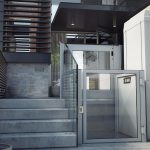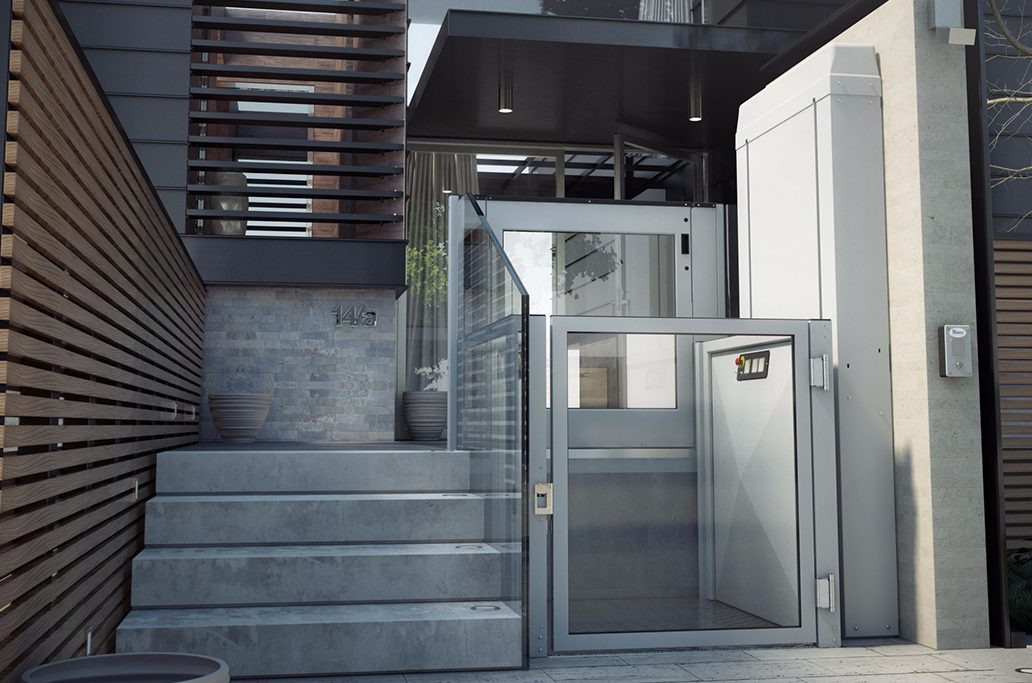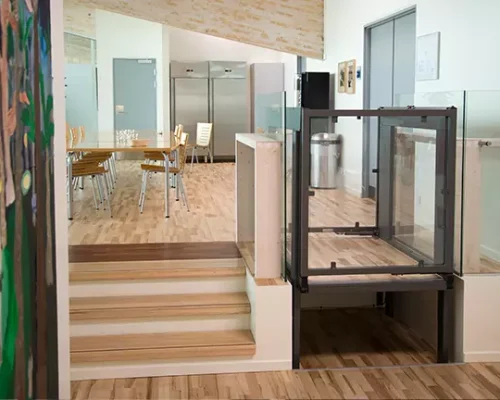TOLEDO Elevators and Moving Systems in UAE(Abu Dhabi, Dubai).
- Home
- Platform Lift
Platform Lift
Platform Lift
Platform lifts offer reliable and convenient vertical mobility for individuals with limited mobility, wheelchairs, or strollers — making multi-level access easier in homes and public buildings.
Easy Integration
Silent and smooth operation blends effortlessly with any architectural design
Versatile Installation
Easily installed indoors or outdoors with minimal structural modifications
High Load Capacity
Designed to carry heavy loads while maintaining speed and safety
Enhanced Safety
Equipped with emergency alarms, overload protection, and obstruction sensors
Simple Controls
Simple one-touch or continuous-pressure operation depending on model
Battery Backup
Uninterrupted operation during power failures for added peace of mind
Advantages
- Equipped with emergency alarms, obstruction sensors, and overload protection systems.
- Widely used across residential, commercial, and public buildings in the UAE and beyond.
- Can be installed indoors or outdoors with minimal structural requirements.
- Reliable components and simple mechanisms reduce maintenance frequency and costs.
- Operates on efficient drive systems using minimal power without compromising performance.
- Intuitive controls and smooth ride ensure ease of use for all users.
Benefits of Platform Lift
Space-Saving
Platform lifts require minimal space and can be easily integrated into both new and existing buildings without major structural changes.
Self-Supporting
They can be installed indoors or outdoors, with or without a shaft, depending on the model — making them suitable for a variety of architectural needs.
Eco-Friendly
Designed with energy-efficient mechanisms and free from harmful oils or lubricants, making them a sustainable mobility solution.
Less Maintenance
Built with durable components and simple drive systems that require minimal service over time.
Plug & Play
User-friendly controls with options for continuous pressure or one-touch operation ensure smooth and accessible use for everyone.
Safe & Reliable
Equipped with safety features such as emergency alarms, non-slip platforms, overload protection, and obstruction sensors to ensure reliable performance.
Components used for Platform Lifts
Lift Shaft
The platform lift operates within a dedicated shaft, which houses guide rails along two corners to support and guide the platform smoothly during travel.
Platform (Deck)
A sturdy, non-slip surface designed to safely carry users and equipment. It often includes slip-resistant rubber or metal strips to ensure stability during movement.
Drive Mechanism
Powered by either an electric gear/screw drive system or a hydraulic mechanism. This system raises and lowers the platform while maintaining consistent speed and safety.




How Platform Lifts Work
The lift platform is attached to a mast or guided by rails inside a shaft, ensuring smooth vertical travel between floors.
An electric motor powers a gear or hydraulic system to lift and lower the platform with precise control and minimal vibration.
Operation is via continuous-pressure buttons inside open platforms or single-touch buttons in enclosed cabin models. External call buttons are placed at each landing.
Control systems regulate the platform’s speed and direction, ensuring safe, gradual starts and stops at each level.
Mechanical locks secure the lift at each stop and prevent unintended movement beyond the top or bottom travel limits.
In the event of a power failure, a manual lowering system or battery backup ensures the lift can safely return to the ground floor.
Share to Social Media Now!
Elevate Your Voice and Expand Your Reach by Sharing Engaging Content Across Diverse Social Media Networks, Igniting Connections Worldwide!






